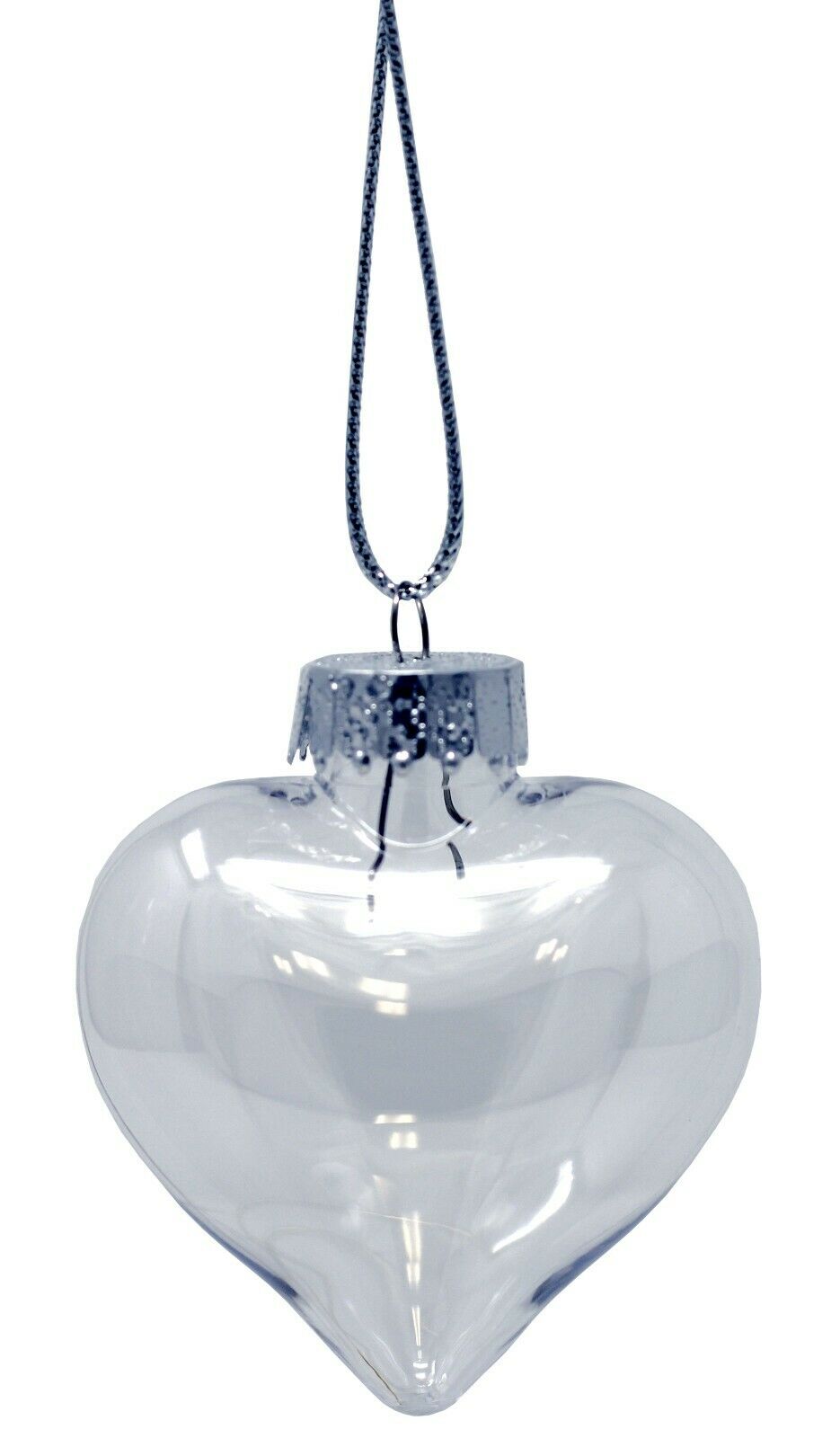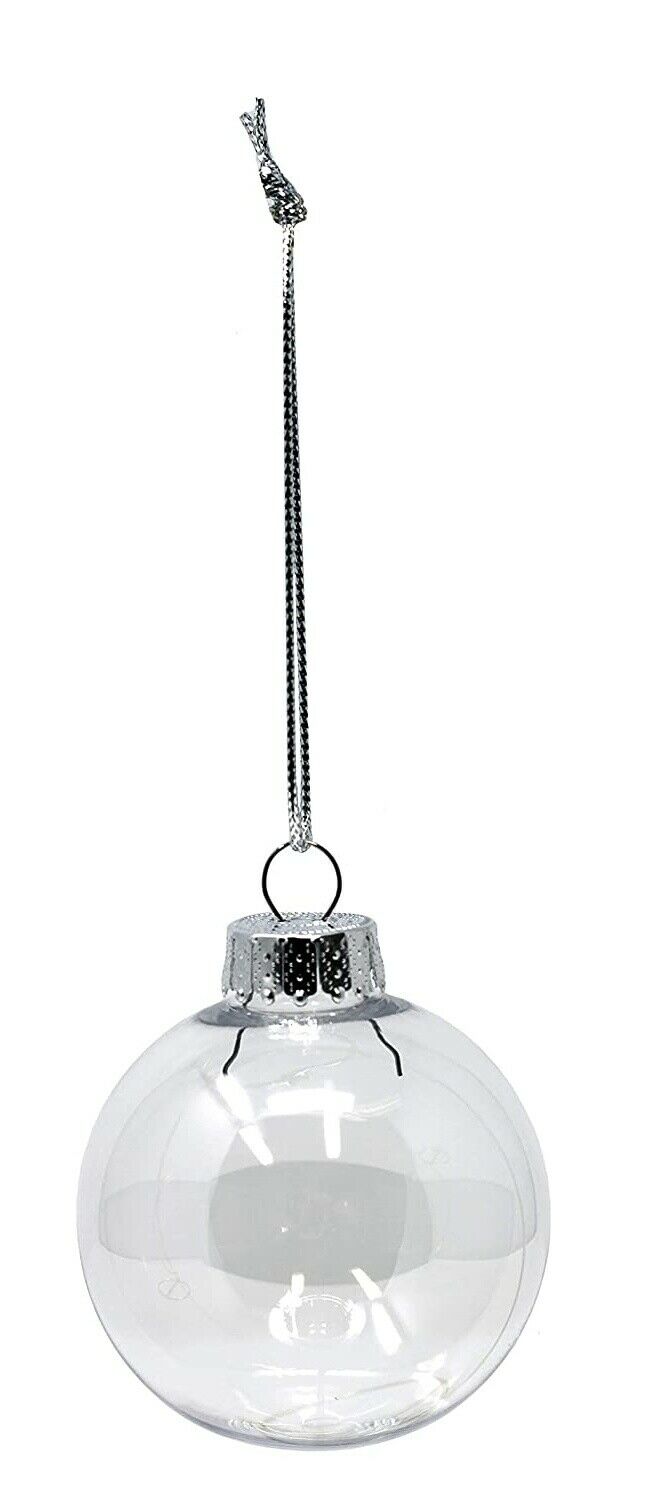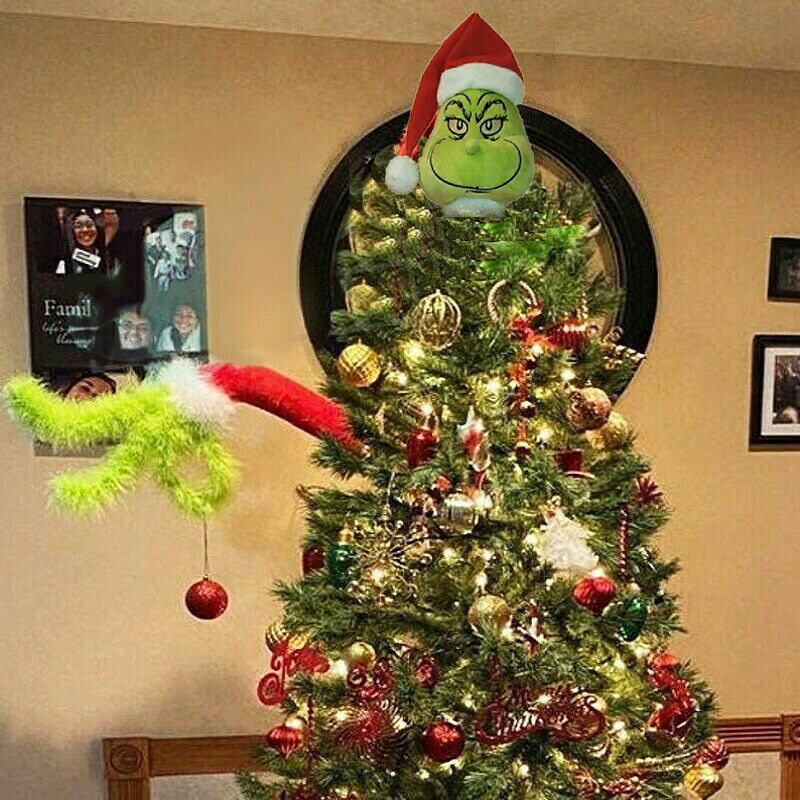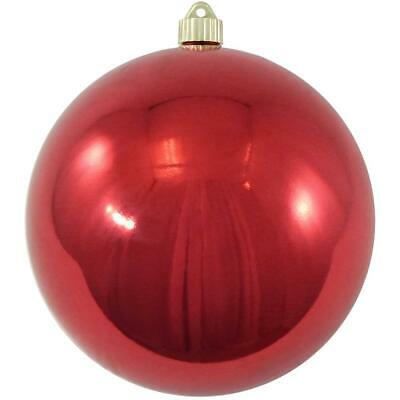-40%
Erica Verticillata ~ Pink Marsh Heath ~ Amazing Shrub ~ 5 Tiny Rare Seeds ~
$ 3.69
- Description
- Size Guide
Description
It is a hardy and strikingly beautiful plant , Erica verticillata is extinct in the wild ,very rare plant.Erica verticillata is a handsome, strong growing, hardy species averaging between 1.5 and 2 m in height, but old specimens have been recorded to grow up to 3 m tall. It produces beautiful pink, tubular flowers arranged in neat whorls organised in distinct groups up the principal stems and near the tips of sturdy branches. Peak flowering is from January to March, but this species produces some flowers intermittently throughout the year. It has been observed that inflorescences produced outside of the main flowering season are not as handsome as those produced during peak flowering as they tend to be arranged in a less orderly manner.
Erica verticillata is a narrow endemic, which means that it had a very limited distribution. It grew in seasonally moist sandy habitats or along stream banks on the Cape Flats of the southern suburbs of Cape Town. Its vegetation type is called Sand Plain Fynbos. The soils it grew in were sandy, well drained, nutrient deficient and acidic. Like other ericas it depended upon a symbiotic association with micorrhiza fungi to survive the trials of hot dry summers. The fungus enters the roots of the erica and sends out a network of hyphae strands that increase the water-absorbing capacity of the plant even during dry periods. The flowers attract sunbirds, bumblebees, hawk moths, bees and beetles that come to sip the nectar the flowers provide.
Erica verticillata is a very showy and easy-to-grow erica. It was harvested as a cut flower from its natural habitat by flower sellers until it could no longer be found. It is now a popular garden plant or pot plant that attracts sunbirds.













